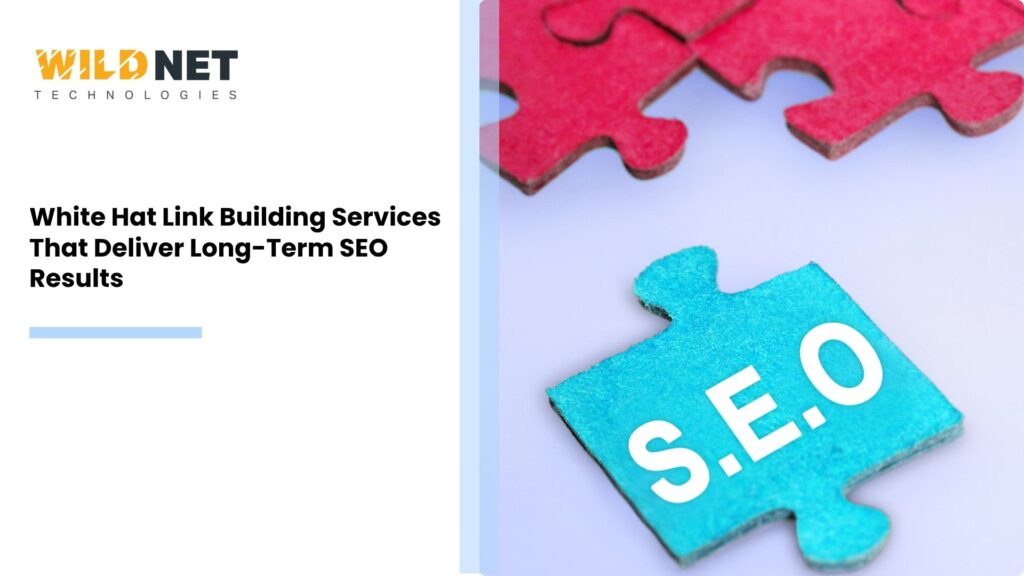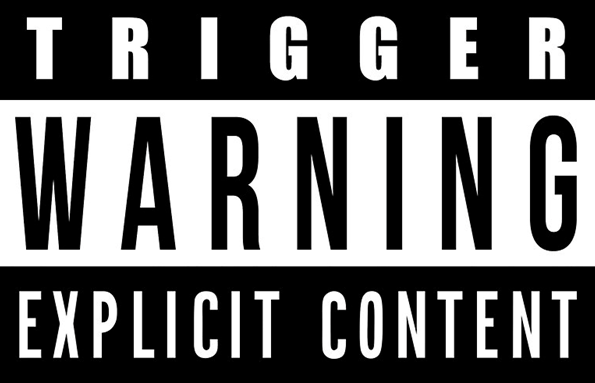In the dynamic world of digital marketing, link building remains one of the most critical strategies to boost a website’s search engine ranking and drive organic traffic. However, not all link building techniques are created equal. White hat link building services have become the gold standard for businesses seeking sustainable SEO success without risking penalties from search engines like Google.
This comprehensive guide explores what white hat link building is, why it matters, how professional services implement it, and how it can deliver long-term SEO results for your business. Whether you’re a startup or an established brand, understanding and leveraging white hat link building strategies is essential to achieving lasting online visibility and growth.
What is White Hat Link Building?
White hat link building refers to ethical, Google-approved strategies for acquiring backlinks to your website. Unlike black hat tactics that try to manipulate search engine rankings with spammy or deceptive links, white hat techniques focus on creating genuine value and earning links naturally.
Key Principles of White Hat Link Building:
- Quality over Quantity: Building links from authoritative and relevant websites rather than mass-producing low-quality links.
- Content-Driven: Creating valuable, share-worthy content that others naturally want to link to.
- Transparency: Avoiding link schemes or paid links that violate Google’s guidelines.
- Relevance: Targeting backlinks from websites and pages that are contextually related to your niche or industry.
- Sustainability: Building links that contribute to long-term SEO health and organic traffic growth.
Why White Hat Link Building Matters
The primary goal of link building is to increase your website’s authority and trustworthiness in the eyes of search engines. However, the approach you take can dramatically impact your results.
- Avoiding Penalties: Google’s algorithms are sophisticated and penalize websites that use manipulative link building tactics. White hat methods ensure compliance with search engine rules.
- Improved Rankings: High-quality backlinks signal to search engines that your website is credible and authoritative, boosting your position in search results.
- Better User Experience: White hat strategies often involve content that genuinely benefits users, encouraging natural sharing and engagement.
- Long-Term Growth: Links built ethically tend to last longer and continue driving referral traffic and SEO value over time.
White Hat Link Building Strategies Used by Professionals
Professional white hat link building services use a variety of proven strategies designed to generate genuine, high-authority backlinks that stand the test of time:
1. Content Marketing & Guest Blogging
Creating high-quality, informative, and engaging content is foundational. Professionals often write guest posts for authoritative websites within your niche, providing value to their audience while earning backlinks.
2. Resource Link Building
This involves identifying relevant industry resource pages and requesting inclusion of your content as a valuable resource, thereby gaining a quality backlink.
3. Broken Link Building
Experts find broken links on authoritative sites and suggest your relevant content as a replacement, benefiting both parties by fixing the site and earning you a backlink.
4. Influencer Outreach & Partnerships
Building relationships with influencers, bloggers, and industry leaders can result in natural backlinks as they share and reference your content.
5. Local Citations & Business Listings
For local SEO, getting listed in reputable business directories and local citation sites with backlinks boosts both visibility and authority.
6. PR & Digital PR Campaigns
Launching press releases, media coverage, and digital PR campaigns generate organic mentions and backlinks from news portals and industry publications.
Benefits of Hiring White Hat Link Building Services
Outsourcing your link building to a trusted agency or expert offers numerous advantages:
- Expertise & Experience: Specialists understand Google’s evolving algorithms and focus on safe, effective tactics.
- Scalability: Agencies can scale efforts quickly with access to tools, resources, and networks.
- Time-Saving: Allows your team to focus on core business activities while professionals handle link acquisition.
- Customized Strategies: Tailored link building plans designed for your niche, goals, and competition.
- Performance Tracking: Transparent reporting with measurable ROI and progress updates.
How White Hat Link Building Drives Long-Term SEO Results
Unlike quick-fix tactics, white hat link building nurtures your website’s SEO health over time. Here’s how:
Increasing Domain Authority
Consistently earning authoritative backlinks signals to search engines that your website is trustworthy and valuable. Over time, this strengthens your domain authority—a key SEO metric that affects how well your pages perform in search results. High domain authority helps your entire site rank better, not just individual pages, making it a powerful long-term investment.
Enhancing Organic Rankings
With improved domain authority and relevant backlinks pointing to your content, search engines view your website as a credible source of information. This trust translates into higher rankings for your targeted keywords. The better your rankings, the more organic traffic you’ll attract without relying on paid ads, which improves both visibility and cost-efficiency.
Boosting Referral Traffic
Backlinks don’t just influence rankings—they also serve as entry points for users browsing other websites. When your links appear on reputable, high-traffic platforms, you gain targeted referral traffic. These visitors are often already interested in your niche or offerings, making them more likely to engage, subscribe, or convert into paying customers.
Building Brand Credibility
When authoritative websites reference or link to your content, it elevates your brand’s image. Readers tend to trust businesses that are mentioned on respected platforms, associating them with expertise and reliability. This credibility not only builds your reputation but also fosters customer trust and loyalty in the long run.
Reducing Risk
Using white hat link building strategies ensures your website stays compliant with search engine guidelines. Unlike black hat or manipulative tactics, white hat methods focus on ethical practices like content marketing, outreach, and relationship building. This significantly reduces your risk of penalties from algorithm updates, helping you maintain stable rankings and consistent traffic over time.
Common Misconceptions About Link Building
- “More links = better rankings.” Quantity matters less than quality. A few backlinks from authoritative, relevant sites outweigh thousands of spammy links.
- “Link building is dead.” Link building remains vital for SEO, but the approach has evolved to prioritize ethical practices.
- “Paid links are effective.” Paid links risk penalties and usually don’t offer long-term benefits.
- “Any backlink helps.” Irrelevant or low-quality backlinks can harm your SEO performance.
How to Choose the Right White Hat Link Building Service
Selecting a reputable service provider is critical for the success of your SEO efforts. Start by evaluating their proven track record—check case studies, client testimonials, and real-world results that showcase their expertise. Transparency is equally important; the agency should clearly communicate its strategies, timelines, and expected outcomes without hiding behind jargon or secretive tactics. A trustworthy provider offers a customized approach tailored to your business goals, industry, and competition, rather than using a one-size-fits-all model. Strong communication is another essential factor; regular updates, detailed reports, and open dialogue should be part of their standard process. Finally, ensure the agency strictly complies with Google’s Webmaster Guidelines to avoid penalties and maintain long-term search engine visibility. Choosing the right partner can make or break the effectiveness of your SEO and link building services.
Conclusion
In the competitive digital landscape, building a robust backlink profile through white hat link building services is indispensable for sustainable SEO success. Ethical link acquisition methods not only improve your search rankings but also foster brand credibility and deliver quality traffic that converts.
Investing in professional white hat link building ensures your website’s authority grows safely, avoiding penalties and positioning your brand for ongoing digital growth. Whether you’re launching a new website or seeking to revitalize your SEO efforts, white hat link building is the smart, strategic choice for lasting results.
Frequently Asked Questions (FAQs)
1. What is the difference between white hat and black hat link building?
Ans. White hat link building involves ethical strategies that comply with search engine guidelines, focusing on quality and relevance. Black hat techniques use manipulative or spammy tactics to gain quick links but risk penalties.
2. How long does it take to see results from white hat link building?
Ans. SEO results typically take 3 to 6 months to become noticeable. White hat methods build authority gradually but produce stable, long-term rankings.
3. Can I do white hat link building myself?
Ans. Yes, with knowledge and effort, you can implement basic white hat techniques like guest posting and outreach. However, professional services offer expertise, resources, and scalability.
4. Are paid links considered white hat?
Ans. Paid links usually violate Google’s guidelines and are considered black hat unless properly disclosed (e.g., sponsored tags). It’s safer to focus on organic link building.
5. How do I know if a link building service is legitimate?
Ans. Check for transparency, client testimonials, clear strategies, and adherence to Google’s Webmaster Guidelines. Avoid services promising instant or massive link gains.
Do Outbound Links Help SEO? A Complete Guide to Boosting Your Rankings
What’s the Best Strategy for Shaping Your Website’s Internal Linking Structure?
Importance of Internal Linking in HTML






